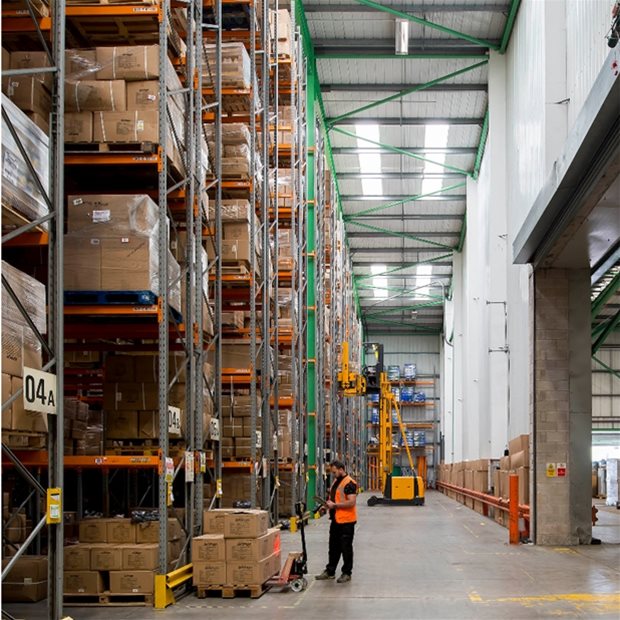Beyond Storage Crafting Dynamic Warehousing Environments
In the ever-evolving landscape of logistics and supply chain management, the concept of warehousing has transcended mere storage, giving rise to dynamic environments that redefine efficiency and responsiveness. Beyond the conventional role of a storage facility, modern warehouses are becoming intricate hubs of technology, data, and automation, collectively contributing to a seamless and agile ecosystem. These dynamic warehousing environments are characterized by a fusion of cutting-edge technologies such as Internet of Things IoT, robotics, artificial intelligence, and advanced analytics. The integration of these technologies empowers warehouses to move beyond the traditional paradigm of static storage, enabling them to adapt and respond in real-time to the dynamic demands of the market. At the heart of crafting dynamic warehousing environments lies the implementation of IoT, where sensors and devices communicate seamlessly to provide real-time visibility into the entire supply chain. This interconnected web of devices facilitates the monitoring of inventory levels, environmental conditions, and equipment performance.

For instance, sensors embedded in storage racks can relay information about the availability and condition of products, allowing for optimized storage and retrieval processes. This level of visibility not only enhances operational efficiency but also enables data-driven decision-making, paving the way for a more intelligent and responsive supply chain. Automation, particularly through robotics, plays a pivotal role in transforming warehouses into dynamic entities. Robotic systems, ranging from autonomous guided vehicles AGVs to robotic arms, collaborate with human workers to streamline tasks such as picking, packing, and sorting. This not only reduces the margin for error but also accelerates the order fulfillment process, contributing to shorter lead times and improved customer satisfaction. Additionally, the integration of artificial intelligence in warehouse management systems enables predictive analytics, forecasting future demand patterns and optimizing inventory levels accordingly. This foresight ensures that warehouses can proactively adjust their operations to align with market dynamics, minimizing the risk of overstock or stockouts.
Furthermore, dynamic warehousing environments embrace the concept of flexible space utilization. With the ability to adapt storage configurations and layouts on-the-fly, warehouses can optimize space based on seasonal demands, product characteristics, and order profiles. This agility in space management enhances efficiency and allows for the accommodation of a diverse range of products, from fast-moving consumer goods to bulk commodities. the evolution of warehouses from static storage spaces to dynamic, warehousing in Birmingham technology-infused environments marks a paradigm shift in supply chain management. The synergy of IoT, robotics, artificial intelligence, and flexible space utilization empowers warehouses to transcend traditional constraints, offering unprecedented adaptability, efficiency, and responsiveness in the face of an ever-changing market. As industries continue to embrace these innovations, dynamic warehousing environments will play a pivotal role in shaping the future of logistics and supply chain operations.